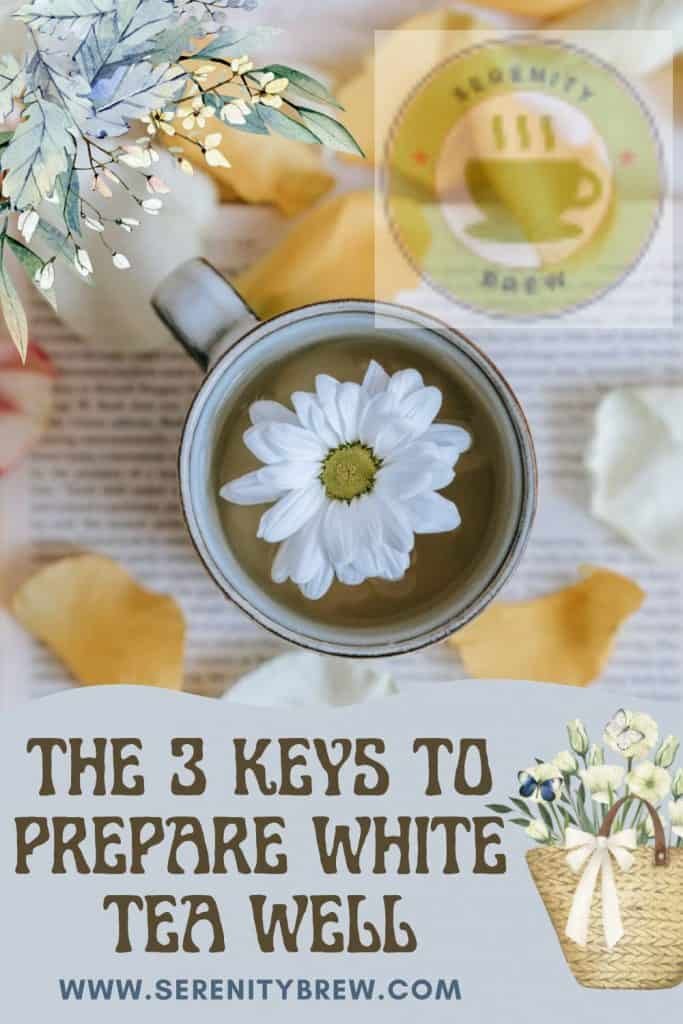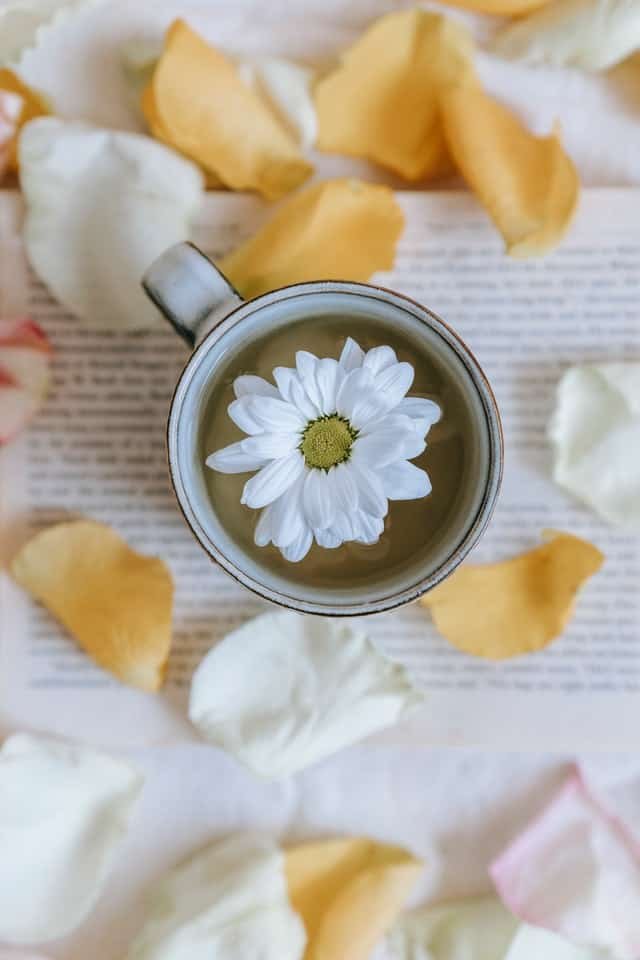
Brewing tea basically consists of heating water and pouring it over a few leaves, right? The truth is that something so apparently simple has more crumb than you can imagine.
Tea, in general, is a delicate material and it is really easy to spoil an infusion simply by neglecting the rest time or overdoing the temperature of the water. Teas with intense flavors, such as black ones, better withstand these errors in preparation and hide them better.
However, when we talk about making white tea, it is really important to pay attention. White tea is characterized by a smooth and delicate flavor, which will highlight any off-flavour that a careless preparation may have developed.
On the other hand, a less pleasant factor that characterizes good quality white tea is a high price. It’s a shame to ruin it by not paying attention to its preparation. Join us to discover how to prepare white tea like a tea professional.
White Tea Basics
The family of white teas stands out for its delicate and sophisticated flavors.
In recent times, white tea has become popular not only for its flavor but also for its health benefits. As often happens in these situations, the greed and few scruples of some brands have caused the concept of white tea to be distorted and the consumer to be deceived by marketing as white tea preparations and mixtures that really have little to do with the real thing.
White tea is produced from a single select raw material: young shoots of specific varieties of the tea plant (Camellia sinensis). One theory about the reason for its name relates it to the small whitish vegetable hairs with which these select shoots are covered. White tea is one of the most expensive and it is easy to understand why.
The leaves for making white tea are harvested soon after they have sprouted. Harvesting is a manual and very laborious process. In addition, time is crucial, so the entire harvest must be done in a few days.
Then, unlike other teas, the leaves are dried in the sun. This means that white teas are the least processed of all the types of teas. This method achieves teas with light, fruity and sweet flavors. Regarding its properties, this simple and non-aggressive elaboration manages to preserve many of the beneficial elements of tea leaves, such as antioxidants. An example of the numerous beneficial properties of white tea are antioxidants, the content of these in white tea even exceeds that of green tea.
Famous varieties of white tea
You can choose from a few varieties of white tea. Its preparation is similar, although each variety may require nuances.
- Silver needle: the quintessential white tea. You will be surprised by the size of its buds, which are the only thing used in the preparation of this tea. Delicate flavor and floral aroma. You have to try it.
- White peony: more powerful and round flavor than most white teas. Great quality and much cheaper than the Silver Needle. A great choice.
- Gong mei: made after selecting the leaves for the previous two teas. Fruity flavor, which may remind oolong tea.
- Shou mei: similar to the previous one. The Shou Mei is usually softer.
- Darjeeling White – Produced in India. With a soft nuance of muscatel and dried fruit.
- Ceylon White – An unusual, select and expensive tea. This white tea has a subtle, fruity flavor.
- Malawi white: produced in Africa and in a very peculiar way. This tea stands out for its floral aromas and a soft sweetness.
How to prepare white tea
Key 1: water
Water, inevitably, is the fundamental basis for a good tea. In this case, you are preparing an extremely delicate infusion; if the water adds any flavor nuance, it will spoil the result.
To be prudent, we advise you to avoid using tap water. Trust us, the taste of chlorine is a terrible match for white tea. Better use bottled water or, in short, water that does not add any type of flavor that can be imposed on the tea.
In the case of white tea, it is not advisable to use boiling water. An excessive temperature will negatively influence how the infusion develops its flavor and will accentuate its bitterness. Heat the water only up to 80º C.
Key 2: the measurements
Dry white tea leaves are large, which makes it difficult to measure them using classic tablespoons.
Using 2 teaspoons per 200ml cup of water, or around 2 grams of tea leaves, can be a good starting point. Not all white teas are created equal, so you’ll need to tailor this base to the specific type of tea you’re making. It is always possible and convenient to look for specific instructions on the packaging or, failing that, on the Internet.
It is also true that not all palates are the same and that, after all, the instructions are aimed at preparing the best possible tea for you. If you like more intense flavors, you can adapt the preparation. In these cases, it is a common mistake to increase the infusion time, which we will talk about later. Instead, it is better to simply add more tea.
Key 3: time
Pour the water over the tea and let it steep, the temperature of the water and the time are the key factors that will make the infusion develop its full flavor potential.
To prepare white tea, infusion times are usually between 3 and 8 minutes. Again in this case, it is best to adapt to the specific time that the producer suggests for the white tea variety.
There is no problem in that you are tasting the tea while it rests. Wait at least 3 minutes and taste it every so often. It is a very interesting exercise that we recommend to appreciate all the nuances of how the infusion evolves.
Pro tip: the cups
One thing the Chinese do before drinking tea is to heat the cups. This ensures that the tea maintains the temperature.
To do this, it is usual to pour a little boiling water into the cups, stir and discard. Immediately afterwards, serve the tea.
Savor the delicacy of white tea

Do you have it all clear? Are you ready to prepare your white tea with foundation? We hope so. Enjoy the complexity and smoothness of your next cup of white tea.
